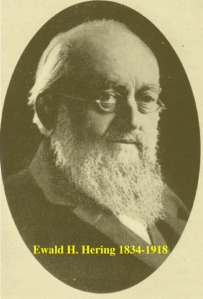Everyone knows about the five “main” senses. But what about those other types sensations that don’t neatly fit into those categories?
Vestibular sense:
This is the sense involving body position and equilibrium. Movement of the fluid in the inner ear, due to head movement or gravitational pull, stimulates this sense. It can also be referred to as equilibrioception (22).
Kinesthetic sense:
This is the sense involving detection of the movement of individual body parts. It allows us to judge our position within a given space. The sense can also be referred to as proprioception (23).
Sense of temperature:
This is the ability of the human body to detect changes in external and internal temperatures by using, respectively, cutaneous (skin) thermoreceptors and homeostatic (related to maintaining equilibrium) thermoreceptors within the body. This sense is also known as thermoception (24).
Time perception:
The sense that allows humans to estimate how much time has passed since a given moment. What allows us to sense time remains unknown. Some theorize that we have an internal stopwatch, so to speak, which allows us to measure time through a series of neural “pulses” (25).



